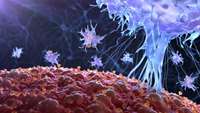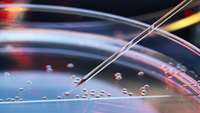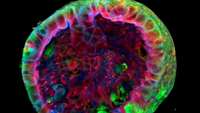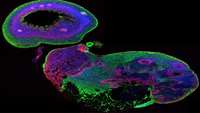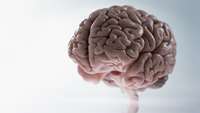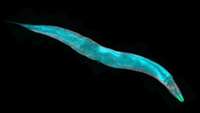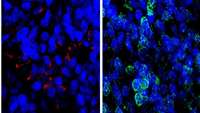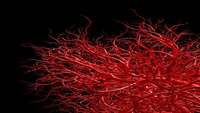Cancer Cells Exploit Double Bind in Immune Escape Act
Escape artists often hide behind a curtain while they free themselves from their restraints. So, it’s no surprise that a successful escape arouses wonder. How does the trick work? Answering that question is particularly difficult when the escape artist is a cancer cell.
Heart-specific Laminin Isoform Aids Cardiovascular Progenitor Generation for Cardiac Therapy
Researchers from the laboratory of Karl Tryggvason (Karolinska Institute, Stockholm, Sweden) have previously reported on the generation and characterization of basement membrane laminin isoforms that can promote stem cell differentiation in vitro [1-3]. In their new Cell Reports article, Yap et al.
Researchers develop mini kidneys from urine cells
Scientists from Utrecht University, University Medical Center Utrecht and Hubrecht Institute have successfully created kidney organoids from urine cells. This could lead to a wide range of new treatments that are less onerous for kidney patients. The results of the research will be published in Nature Biotechnology today.
OP07 Analysing intestinal organoids in a multi-omics, systems biology framework to investigate functional processes affected in Crohn’s disease due to autophagy impairment
Autophagy is a highly conserved catabolic pathway that eliminates damaged organelles, invading pathogens and specifically degrades proteins. Mutation in autophagy genes and deregulated autophagy are related to various human diseases including Crohn’s disease (CD) where autophagy impairment was shown to affect Paneth cells.
Polycomb protein EED plays a starring role in hippocampal development
The dentate gyrus (DG) is the input region of the hippocampus and plays an important role in learning and memory. Although emerging evidence suggests that abnormal expression of the polycomb repressive complex 2 protein (PRC2) might cause neurological disease, the underlying molecular mechanisms had not been explored until recently.
Pathways that extend lifespan by 500 percent identified
Scientists at the MDI Biological Laboratory, in collaboration with scientists from the Buck Institute for Research on Aging in Novato, Calif., and Nanjing University in China, have identified synergistic cellular pathways for longevity that amplify lifespan fivefold in C. elegans, a nematode worm used as a model in aging research.
How signalling proteins affect wound healing
What do a scraped knee, a paper cut, or any form of surgery have in common? The short answer is a wound in need of healing—but the long answer lies in a series of biological activities that allow tissues to repair themselves.
Anti-BCMA CAR T-Cell Therapy bb2121 in Relapsed or Refractory Multiple Myeloma
Preclinical studies suggest that bb2121, a chimeric antigen receptor (CAR) T-cell therapy that targets B-cell maturation antigen (BCMA), has potential for the treatment of multiple myeloma.
Gene therapy durably reverses congenital deafness in mice
In collaboration with the universities of Miami, Columbia and San Francisco, scientists from the Institut Pasteur, Inserm, CNRS, Collège de France, Sorbonne University and the University of Clermont Auvergne have restored hearing in an adult mouse model of DFNB9 deafness—a hearing disorder that represents one of the most frequent cases of congenital genetic deafness.
Scientists generate high-quality human vascular cells through genome editing technology
Scientists from the Institute of Biophysics of the Chinese Academy of Sciences (CAS), Peking University and the Institute of Zoology of CAS have generated the worlds first genetically enhanced human vascular cells by targeting a single longevity gene, FOXO3. The study was recently published in Cell Stem Cell.


